In the depths of history, where the waves of time have long since washed over the remnants of the past, marine archaeologists have uncovered a story that has lain hidden for centuries. The discovery of two shipwrecks off the coast of Costa Rica has not only shed light on a long-lost chapter of maritime history but also restored the ancestral lineage of an entire community. These wrecks, once believed to be pirate ships, have now been identified as Danish slave ships that vanished over 300 years ago. This revelation is more than just an archaeological triumph; it is a profound connection between the past and the present, bridging centuries and continents.
The wrecks had long been known to sit in shallow waters off Cahuita National Park, on Costa Rica’s southern Caribbean coast. For years, they were thought to be the remnants of pirate ships, a belief that stemmed from the scattered and broken nature of the remains. Fisherpeople who settled in the area in 1826 saw the dispersed debris and imagined fierce battles and capsized vessels. Maria Suarez Toro, founder of the local community initiative Ambassadors of the Sea Community Diving Center, explained that the local population had long believed these ships had been engaged in a fight, leading to their destruction.
However, the true identity of these ships began to emerge in 2015 when American marine archaeologists made a groundbreaking discovery. They found yellow bricks in one of the wrecks, a detail that would change the course of the investigation. These bricks were significant because they were produced in the German town of Flensburg in the 18th and 19th centuries, specifically for use in Denmark and its colonies. They were not in fashion in other European countries at the time, making them a unique and telling clue.
Historical records had long documented the fate of two Danish slave vessels, the Fridericus Quartus and the Christianus Quintus, which were shipwrecked off the coast of Central America in 1710. The Fridericus Quartus was set on fire, while the anchor rope of the Christianus Quintus was cut, causing it to be swept away by the currents. Despite these records, the exact location of the wrecks had remained a mystery—until now.
In 2023, marine archaeologists from the National Museum of Denmark and Denmark’s Viking Ship Museum conducted an underwater excavation of the Costa Rican wrecks. They collected wood samples, bricks, and several clay pipes, which were then subjected to rigorous scientific analysis. The results were nothing short of remarkable.
Tree-ring dating revealed that the oak wood from one of the wrecks originated from the western part of the Baltic Sea, encompassing Denmark, northeastern Germany, and southern Sweden. The wood came from a tree cut down between 1690 and 1695. The yellow bricks were measured and found to be identical in size to those produced in Flensburg for Danish use. The clay used in the bricks was traced to southern Denmark, specifically from the towns of Egernsund or Iller Strand, both of which had thriving brick-making industries in the 18th century. The clay pipes were also identified as Danish, with their size, shape, and designs indicating they were made just before 1710, the year the ships were wrecked.
“The analyses are very convincing, and we no longer have any doubts that these are the wrecks of the two Danish slave ships,” said marine archaeologist David Gregory, a research professor and head of the new maritime research center, Njord, at the National Museum of Denmark. “The bricks are Danish, and the same goes for the timbers, which are additionally charred and sooty from a fire. This fits perfectly with the historical accounts stating that one of the ships burnt,” he added.
A Dramatic History Unveiled
The excavation was led by Gregory and marine archaeologist Andreas Kallmeyer Bloch, a curator at the National Museum. “It’s been a long process, and I’ve come close to giving up along the way, but this is undoubtedly the craziest archaeological excavation I’ve yet been part of,” Bloch said. “Not only because it matters greatly to the local population, but also because it’s one of the most dramatic shipwrecks in the history of Denmark, and now we know exactly where it happened. This provides two pieces that have been missing from the history of Denmark,” he added.
The significance of the discovery extends beyond its historical value. The journey of the Fridericus Quartus and the Christianus Quintus was marked by rebellion, mutiny, and a series of dramatic events. A rebellion by the enslaved people aboard the Fridericus Quartus, combined with the declaration of war by the French and English, influenced the decision to send the ship with a partner vessel. With 800 people across the two ships, they got lost in smog, veering south instead of north, and ended up on the shores of Costa Rica on March 2, 1710.
Fear of pirates and native populations led to two days of arguments between the captains over whether they should go ashore to find food and water. This culminated in a mutiny among the sailors and the enslaved people. In the end, around 650 people remained, and more than 600 Africans were left on the beach, in what is now Cahuita National Park.
“The most dramatic part is the lives that changed due to this event,” Bloch said. “The discovery is significant for Danish history, and the fact that we can tie our history to Costa Rica. But it is even more significant for the local population in Costa Rica as it has a direct meaning for the identity of the local people.”
A Community Reconnected
The effort to unravel the identity of the ships and connect it to the identity of the community has been a decade-long project stewarded by a group of youth scuba divers of African and Indigenous origins. Maria Suarez Toro explained that these divers felt immense pride in discovering their roots. The discovery not only changes the story of the region but also proves that Afro-Costa Ricans were present in the province of Limon a hundred years earlier than officially recorded.
The endeavor to identify the sunken slave ships was featured in the 2020 television documentary series “Enslaved,” hosted by Samuel L. Jackson. Celia Ortíz, from the Costa Rican city of Cartago, shared that her 103-year-old mother is a descendant of Miguel Maroto, one of the enslaved men who disembarked from one of the ships. Finding her ancestry, even late in her mother’s life, “brought new light to our lives,” she said.
A Legacy Rediscovered
The discovery of the Danish slave ships off the coast of Costa Rica is more than just an archaeological achievement; it is a profound reconnection of a community with its past. For over 300 years, the story of these ships and their occupants lay buried beneath the waves, forgotten by time. Now, through the tireless efforts of archaeologists and the determination of a local community, the past has been brought to light.
This revelation is a testament to the enduring power of history and the importance of preserving our collective memory. The journey of the Fridericus Quartus and the Christianus Quintus, marked by rebellion, mutiny, and survival, is a story that resonates deeply with the present-day community of Cahuita. It is a reminder that the past is not just a series of events but a living legacy that shapes who we are.
As the descendants of those who survived the shipwreck stand on the shores of Cahuita National Park, they look back at a history that was once lost but now found. The discovery of the Danish slave ships is more than just an archaeological triumph; it is a bridge between the past and the present, a connection that brings new light to lives long lived and stories long told.
In the end, the significance of this discovery lies not just in the ships themselves but in the lives they touch. For the people of Cahuita, the revelation of their ancestral lineage is a source of pride and identity. For historians and archaeologists, it is a reminder that the past is always waiting to be uncovered, and that every discovery, no matter how long it takes, is worth the journey.

By Sophia Lewis/May 6, 2025

By Olivia Reed/May 6, 2025
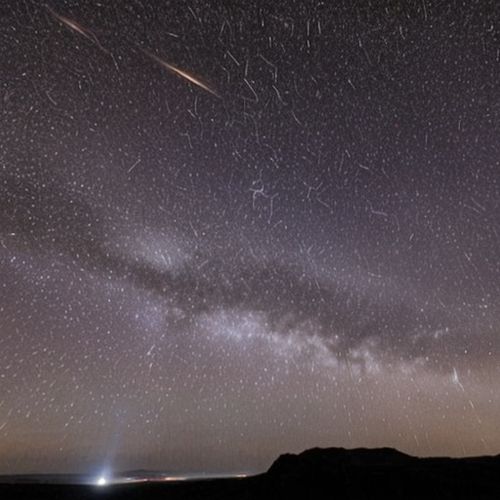
By William Miller/May 6, 2025
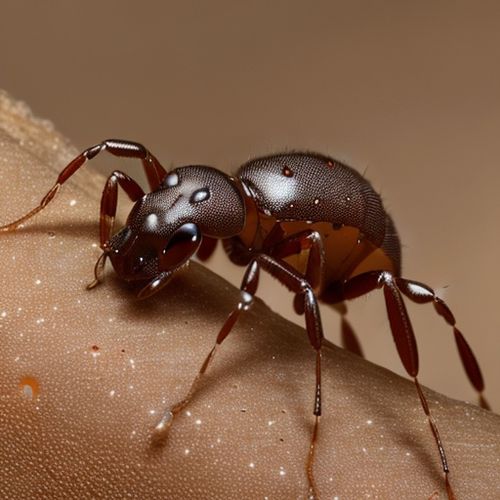
By Eric Ward/May 6, 2025
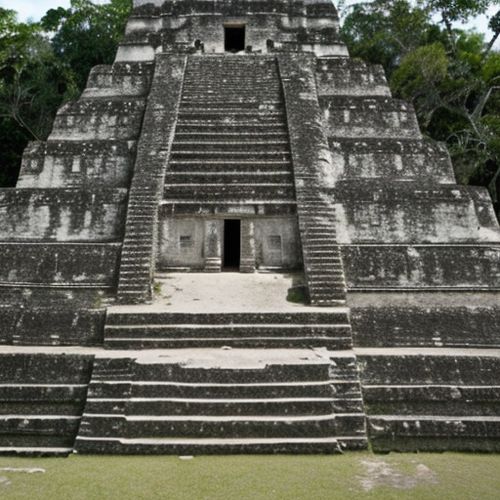
By John Smith/May 6, 2025
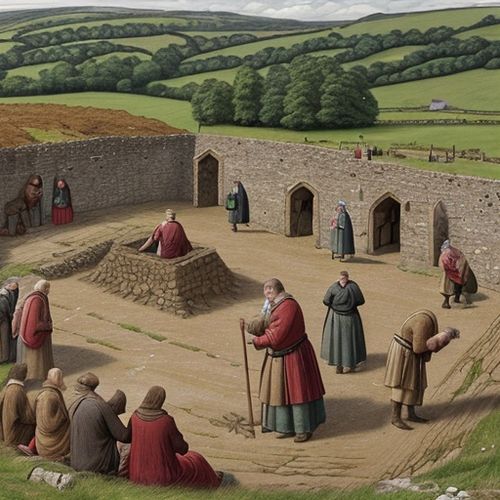
By Rebecca Stewart/May 6, 2025
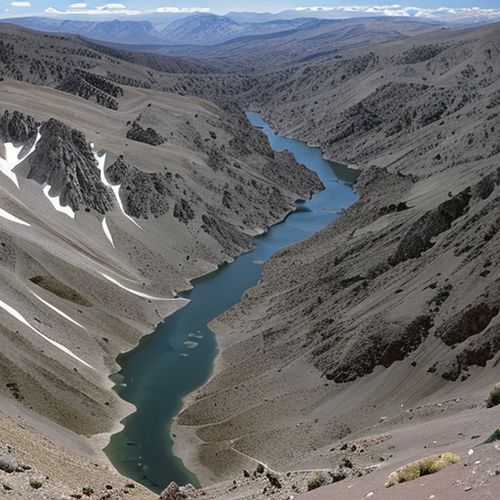
By Benjamin Evans/May 6, 2025

By Eric Ward/May 6, 2025
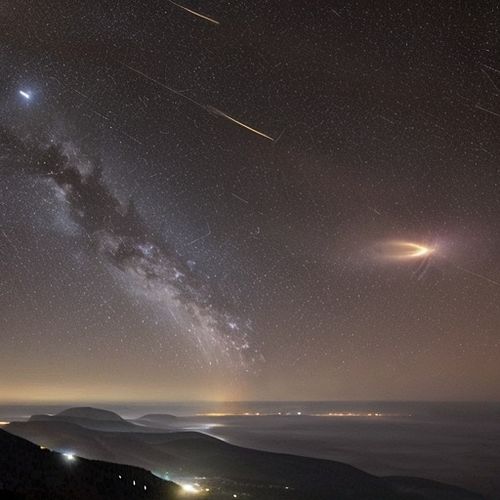
By Eric Ward/May 6, 2025
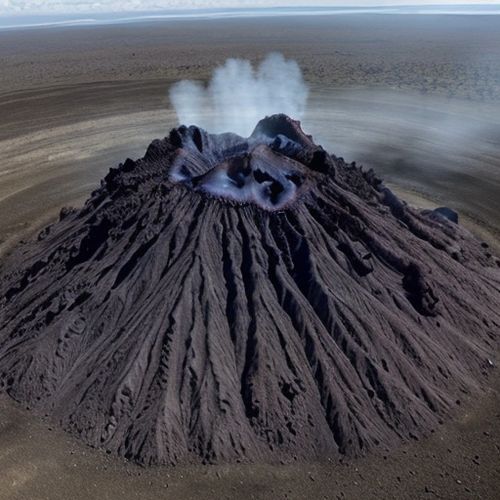
By Daniel Scott/May 6, 2025

By Benjamin Evans/May 6, 2025

By Elizabeth Taylor/May 6, 2025
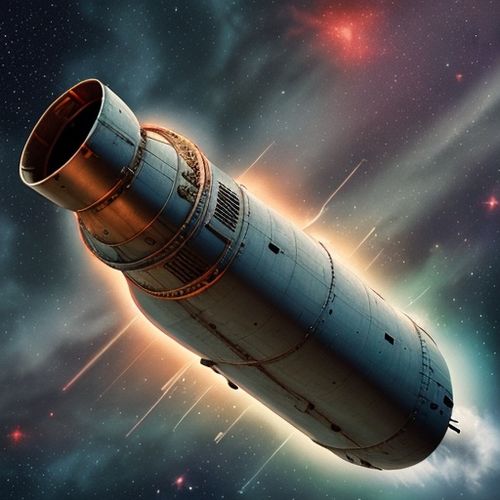
By James Moore/May 6, 2025

By Victoria Gonzalez/May 6, 2025

By Sophia Lewis/May 6, 2025
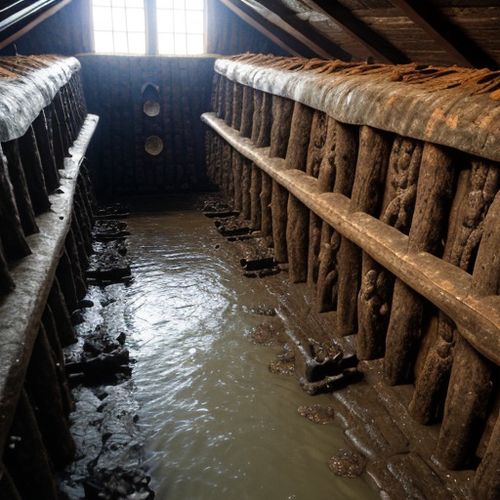
By Laura Wilson/May 6, 2025

By Olivia Reed/May 6, 2025

By David Anderson/May 6, 2025
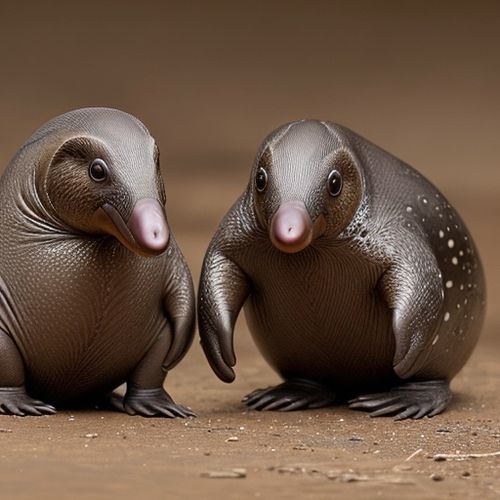
By Olivia Reed/May 6, 2025

By Sophia Lewis/May 6, 2025